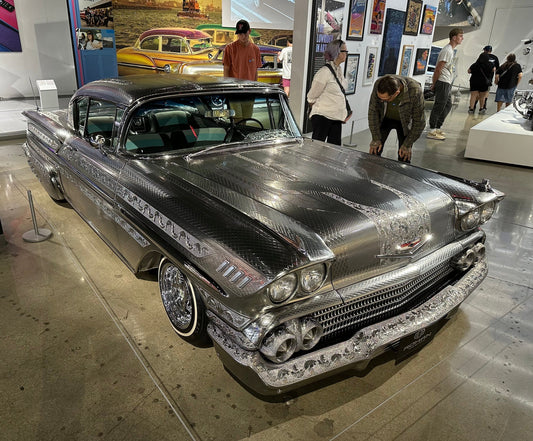Having discovered the importance of lowering the source impedance of the AC feeding a preamplifier or power amplifier, the positives and negatives I was hearing with the early crop of power conditioners was beginning to make sense.
Bruce Brisson's MIT Z-Stabilizer sounded significantly better than Tice's isolation transformers and I now knew part of the reason why. Parallel conditioning versus series conditioning.
The Z-Stabilizer was a parallel network which meant that it added no additional impedance to the AC power feeding my equipment. The Tice, on the other hand, did the opposite. It, like 99.9% of all power products, added to the series impedance—and that is why it sounded cleaner, yet wimpy and bleached.
If I was going to change the world with a Blue Ocean product, I now understood it could not add to the series impedance of the AC power feeding the equipment.
Check.
At the same time I also realized a basic problem with any parallel device. They don't do much. By their very nature they cannot do much and this is because they can add to what is there but are unable to subtract something. In other words, if you were trying to remove dirty AC, or clean up the noise on the powerline, a parallel device would do you no good.
It can add but cannot subtract.
Perhaps a good example of this can be found in a power supply where we rely upon a parallel process to get the results we want. In any AC to DC supply (which is inside all of our stereo equipment), we have a pretty important parallel element: capacitors. These instantaneous energy storage and release devices are like little buckets. When they are empty they will greedily suck power from the wall and fill themselves once every 50th or 60th of a second. Once full, they regurgitate that energy back onto the line in a sort of see saw manner of sucking and spewing (we can get into the details of this in a later post but suffice it to say the reason we want this activity is to fill in the gaps of AC in our quest to make smooth and constant DC).
The more of these parallel caps you add the better they work in this scenario. So, this is a pretty good example of how a parallel process is beneficial. It's additive.
Problem is, it can't work in the other direction. In order to remove something you need to add back in a series element which, as we now know, is something we want to avoid because it adds impedance and, impedance in line with our AC power is the enemy of good sound. It holds back a product's potential and the trade off between the cleaning it can provide versus the degradation it wreaks is not worth the price asked.
There had to be another way.










